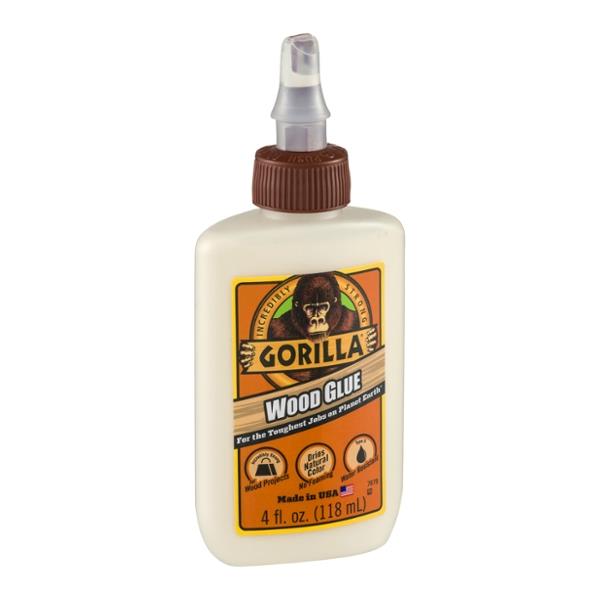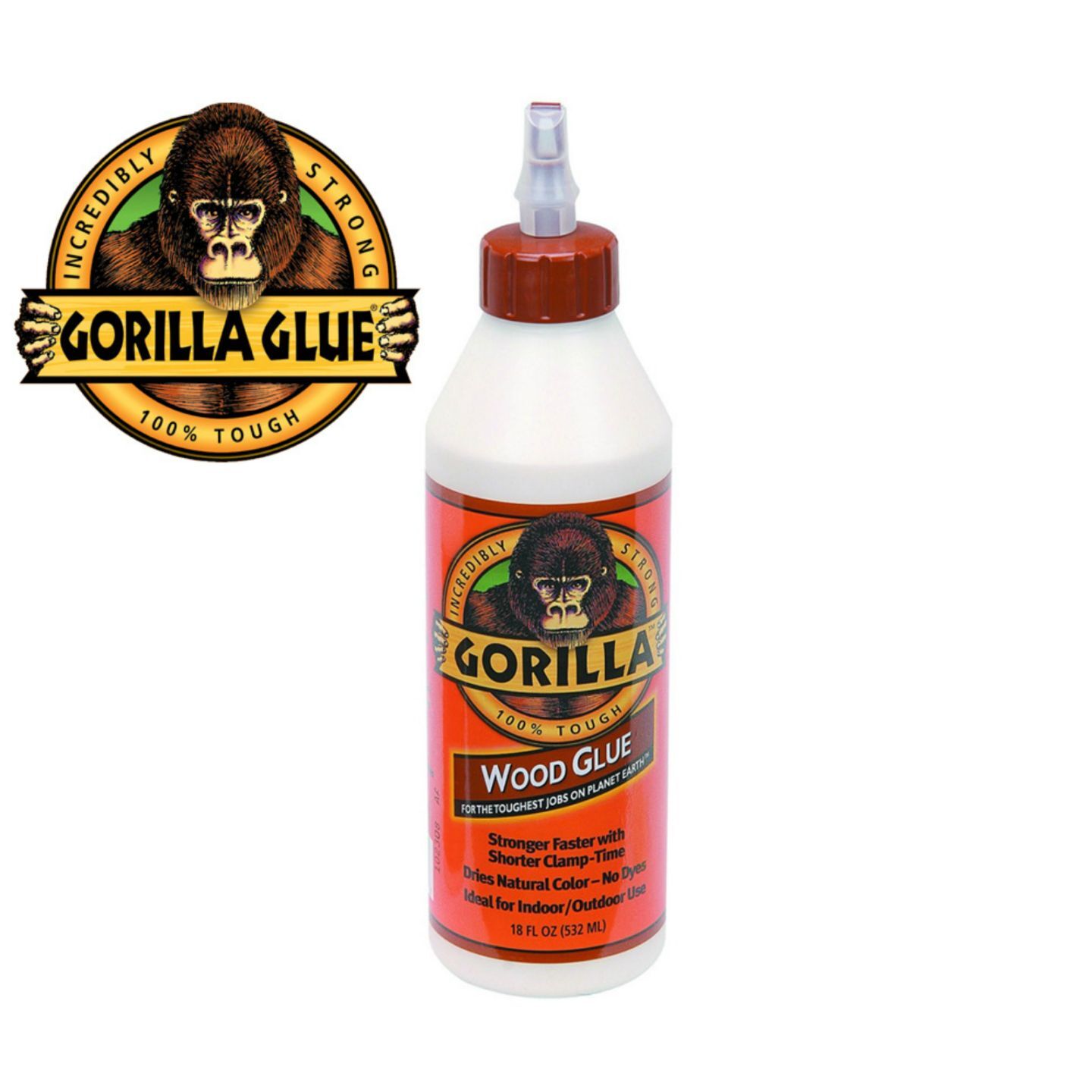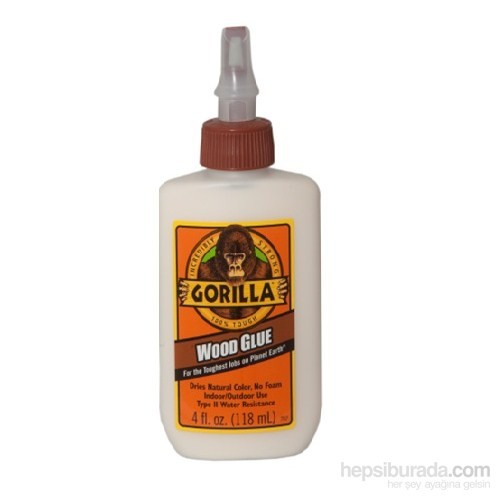

This means they more readily absorb glue and bond more quickly. In general however, softwoods (like the pine boards at the lumberyard) grow quickly and have an open structure. Balsa, for example, is very light and easy to glue but is botanically a hardwood. While this basically describes how tough they are, there are exceptions. Wood can broadly be divided into two types: softwood and hardwood. The type of wood you are gluing is also a factor. In dry atmospheres or with completely dry wood, it is necessary to apply a little moisture (using a fine spray or a damp cloth) before using polyurethane wood glue. This makes it perfect for damp environments, or for lumber that isn’t fully dry. It needs some degree of moisture in order to activate. Polyurethane wood glue is actually water-activated. One method is to use a fan to blow cool air across the joint.

If this is an issue, increased ventilation will help. High humidity or wood that is not completely dry will extend the drying time of PVA glues. Not following guidance can result in a joint that will eventually fail. Manufacturers usually provide appropriate temperature information. In fact, PVA glue, which is water-based, can freeze. In general they won’t dry properly below 45 to 50 degrees Fahrenheit. PVA and polyurethane wood glue are the best choice in the vast majority of cases, but both are affected by air temperature.
#Gorilla wood glue full#
#Gorilla wood glue how to#
RELATED: How to Clamp a Wood Joint Successfully Only when this curing time has expired is it safe to apply a finish, or use the completed project. Usually the chemical reaction is still going on. However, that doesn’t mean the bond is completely secure. So let’s clarify them.ĭrying usually refers to the surface of the product being dry to the touch and the joint being secure enough for clamps to be removed (it’s sometimes referred to as clamping time). That said, the terms ‘drying’ and ‘curing’ can sometimes lead to confusion. Manufacturers usually provide accurate guidance for drying times, so it’s always important to read the product label and follow instructions carefully for the best possible result. Know the difference between drying and curing. Clamps are readily available and needn’t be expensive. A length of paper tape could be adequate to keep a joint together while glue dries for minor repairs, though proper woodworking clamps will usually be needed for larger repairs.

In most cases you’ll also need to clamp the joint while it’s drying. However, it’s important to know how long a particular wood glue takes to dry.


 0 kommentar(er)
0 kommentar(er)
